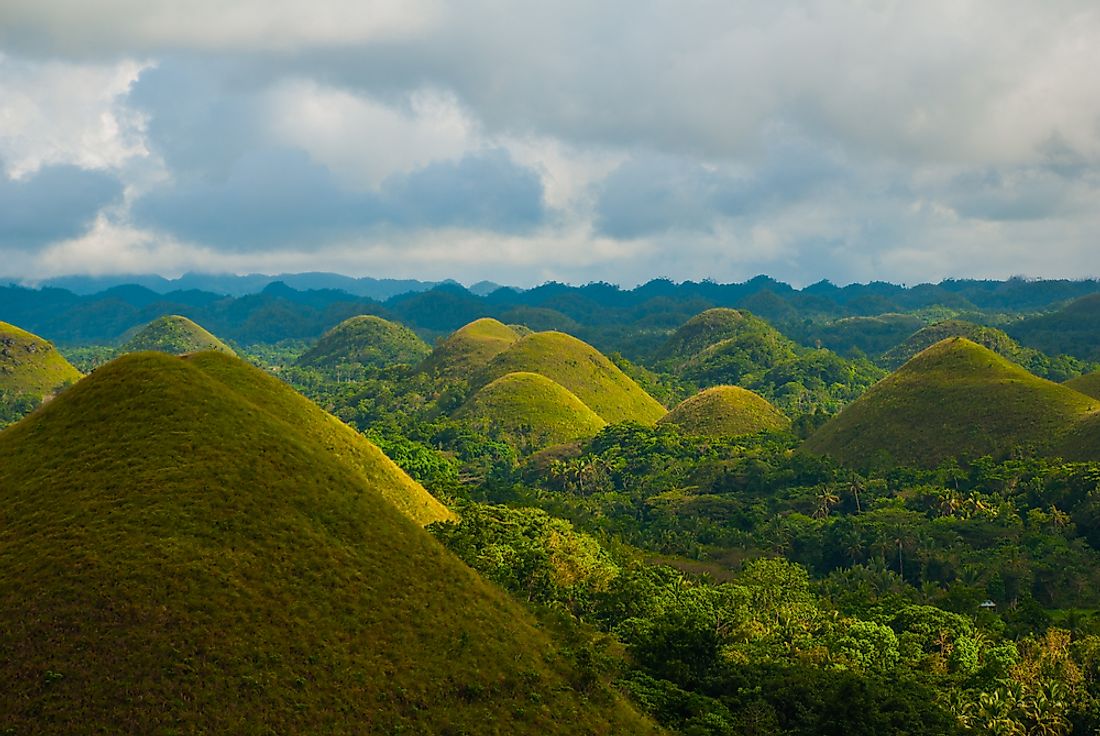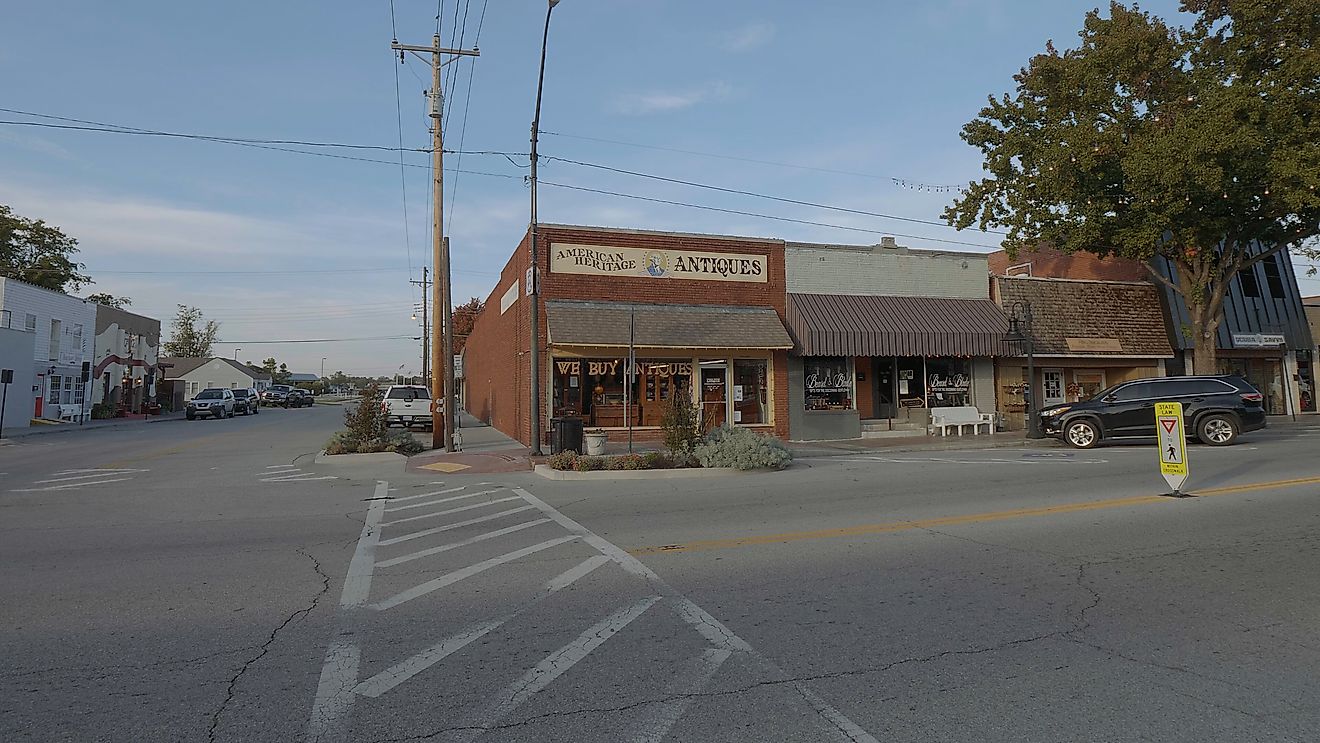Where are the Chocolate Hills?

One of the most popular tourist attractions in the Bohol province of the Philippines, the Chocolate Hills encompasses an area of rolling, rounded or conical shaped hills numbering anywhere between 1,260 and 1,776. The hills spread out over an area of over 50 square kilometers, and are covered with lush green vegetation during the wet season but during the dry season, they are left with a bare, brown appearance like mounds of chocolate, and hence the name Chocolate Hills. The Chocolate Hills are a National Geological Monument in the Philippines.
4. Historical Role
From time to time, various sections of scientists have put forward varying explanations regarding the formation of Chocolate Hills. Some claim that the hills are the result of an oceanic volcanic activity or have been generated from huge volumes of volcanic rocks spewed out during the self-destruction of an ancient volcano. Other explanations focus on the process of weathering of rocks by wind and water.
Besides these scientific explanations, there are a number of legends and folklore tales associated with the Chocolate Hills. For example, according to one legend, two giants fought ferociously with each other hurling stones, rocks, and sand towards one another, which fell on the ground and became the hills. Though the giants did become friends eventually, but they forgot to clean up the mess they created. Another legend says that a giant buffalo-like creature was eating away the farmers’ crops at such a fast pace that the farmers were incurring hefty losses. To teach the buffalo a lesson, they heaped up lots of spoiled food which was also consumed by the buffalo who then left behind mounds of feces on land which are the Chocolate Hills of today. A third legend explains that a giant named Arogo loved a mortal Aloya and when his lady-love died, he cried so much that his tears dropped down on the ground and later hardened to form the Chocolate Hills we see today.
3. Modern Significance
Recognizing the immense potential of the Chocolate Hills complex as a tourist attractant, the complex has been included in the list of the Philippine Tourism Authority. The province’s flag and seal also includes the symbol of these mountains signifying its important national and provincial role. There are also proposals to include the Chocolate Hills in the UNESCO World Heritage List. Currently, resorts exist on two of the hills of the Chocolate Hills complex. A government owned resort in Carmen, Bohol and another resort in the mountain town of Sagbayan allows tourists to catch a spectacular panoramic view of the entire Chocolate Hills complex.
2. Habitat and Biodiversity
The Chocolate Hills are structurally built of marine limestone rocks that were deposited in various layers between the late Pliocene to Early Pleistocene Epochs. These limestone deposits are thus rich in fossilized remains of plants and animals of the period of their formation and fossils of corals, algae, foraminifera, and other prehistoric species have been discovered here. Currently, the vegetation cover of these hills primarily includes grasses, wild flowering plants, and ferns. The flat land lying in between the hills of the complex are usually cleared off of native vegetation for crop cultivation.
1. Environmental Threats and Protection
Prior to the declaration of the Chocolate Hills complex as a National Geological Monument, many of the hills and surrounding lands were privately owned by individuals or groups of individuals. The government's plans to protect the area was thus met with intense revolts from many owners of the lands and farmers and conflicts broke out several times. The ambiguity on the status of these hills has thus led to the infiltration of small-scale miners in the region who set up their quarries in the hills, damaging the natural beauty of the landscape. Besides threats from mining, the Chocolate Hills also face threats from tourism and the pollution and littering by tourist vehicles and tourists themselves.











